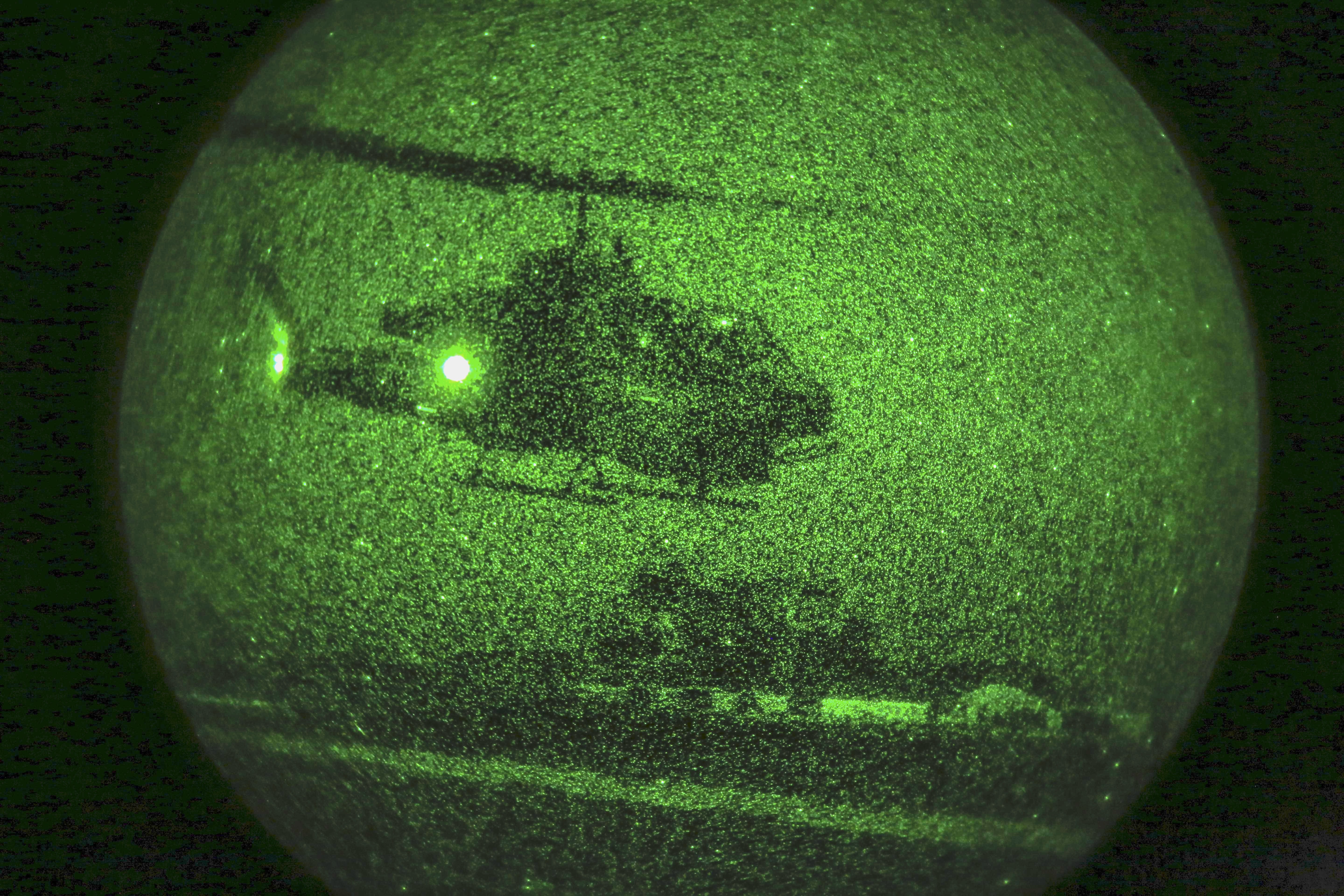
As the Marines reshape their force to take on the Chinese in the Western Pacific, some experts worry the new emphasis could leave the Marines fewer tools to operate in other parts of the world and fight different types of adversaries.
Speaking today at a virtual event hosted by the Heritage Foundation, several analysts debated what they see as the positive and negative facets of Marine Corps Commandant Gen. David Berger’s force design initiative, which calls for the Marines to retool as they gear up for a conflict in the Indo-Pacific region in 2030.
“This restructured Marine Corps is not designed to be versatile. The Marine Corps likes to think of itself as a Swiss army knife, but this will be a Swiss army knife whose owner has ripped out a couple of blades because he doesn’t think he’s going to need them anymore,” said Mark Cancian, a former Marine who also worked in the White House Office of Management and Budget. “And a Swiss army knife that’s missing key functions is really just an ordinary jackknife.”
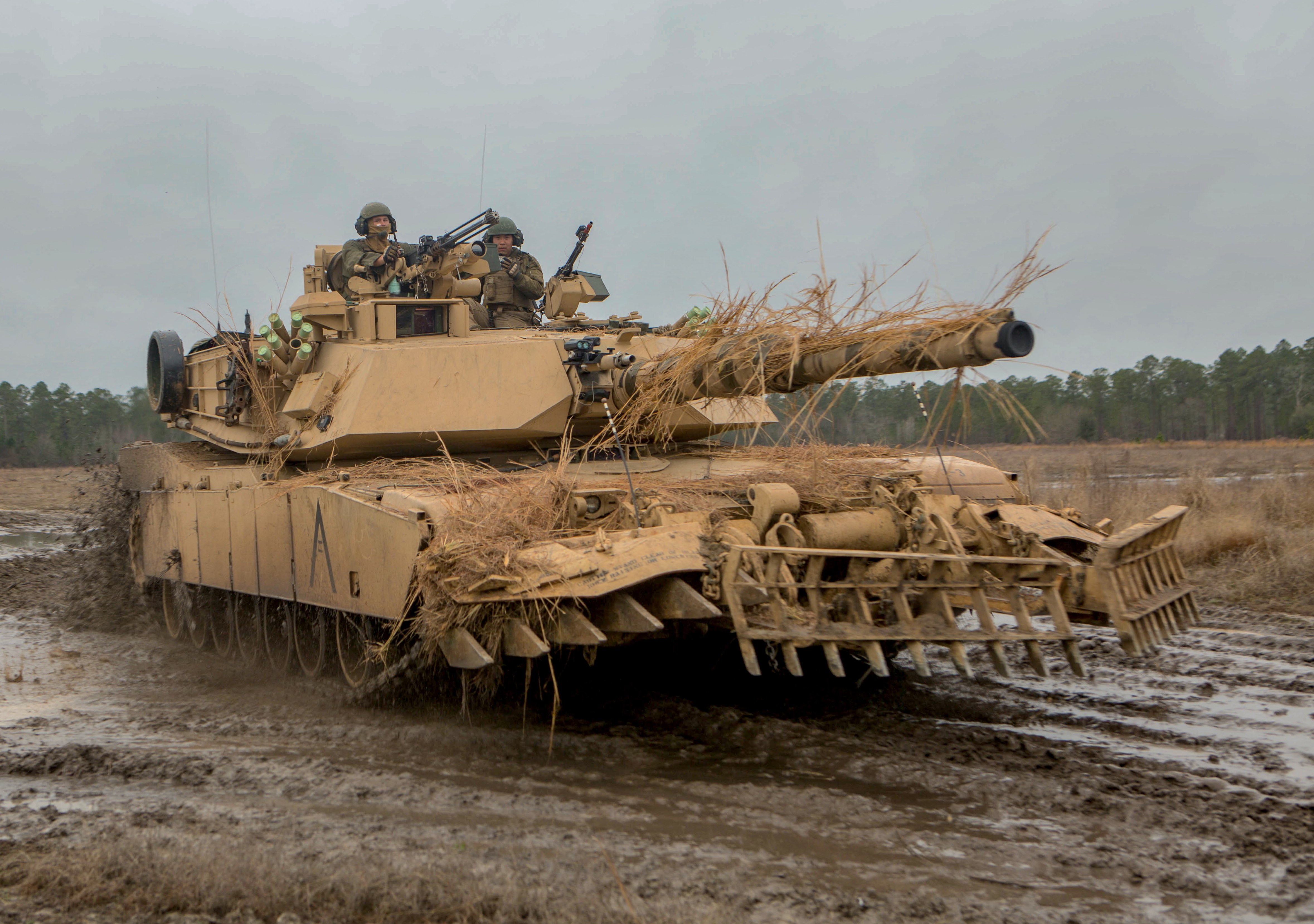
Berger first introduced his vision for the Marine Corps in his Commandant’s Planning Guidance last July, followed by a report in March that provided additional insight as to where the service is headed. The recent document, which summarized the first two phases of the force design, said the Marine Corps will cut all tank battalions and trim down its number of amphibious vehicle companies and artillery cannon batteries in the next ten years.
While the Marine Corps made these decisions after conducting a series of wargames, the proposals have met some resistance since the commandant unveiled his initial results in March.
Frank Hoffman, a former Marine who is a research fellow at the National Defense University, said he doesn’t concur with all of Berger’s proposed alterations to the Marine Corps, but praised the commandant’s work for reflecting the “change of scale and urgency” that the Pentagon’s national defense strategy directed.
“I’m not sure that the changes are complementary to the joint force,” Hoffman said. “I’m not sure that I would like some of these changes to be implemented without some consideration to what mission or burdens we’re placing on the Army and if the Army’s prepared or not prepared to work complementary with the Marine Corps.”
Both Hoffman and Cancian commended the Marine Corps for emphasizing the need for more unmanned systems, like unmanned aerial vehicles, and long-range precision fires, but expressed trepidations over how Berger’s plans to get rid of tanks and make the Marine Corps lighter could put additional pressure on the Army in a conflict.
To combat these concerns, Cancian suggested the Marine Corps implement a “hedging strategy” that would allow it to keep some of the heavy equipment it plans to divest.
“This would involve retaining some heavy assets, like tanks, keeping more engineering assets in cannon artillery, and retaining more firepower in the infantry battalions,” he said. “And some of this could be done in the reserves, which don’t need to mirror exactly the active force.”
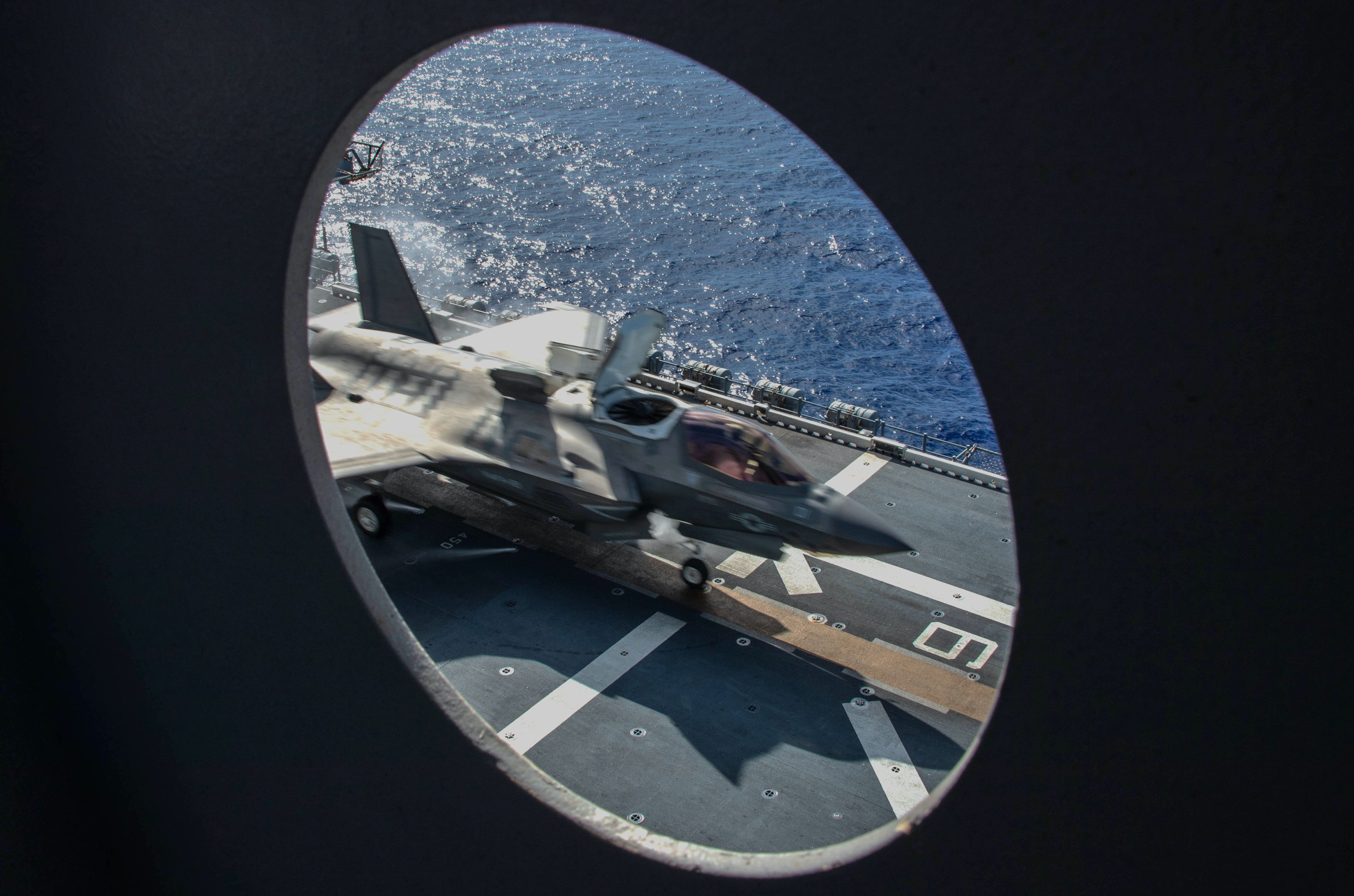
Marine Corps officials have argued the service must shed weight and become lighter to operate in the littorals in a conflict that would see Marines jumping between expeditionary bases on islands in the Pacific. The commandant’s vision argues the Marines need to modernize while relinquishing some legacy capabilities.
Dakota Wood, also a former Marine and a senior fellow at Heritage, largely supports Berger’s vision, saying the changes are “absolutely needed.” But in moderating today’s discussion, Wood noted there is always a risk that the service “could go too far” and end up in a situation where it may “over-specialize or over-optimize.”
“It seems to me what the Marine Corps is doing is really embracing a lot of these new technologies — a lot of prototyping, experimentation — and it’s going to be a ten-year road march. But to free up resources, they have to let go of some things that other services do have, like heavy armor, which is a real specialty of the Army, and being kind of light and nimble, which the Marine Corps has always prized themselves for being,” Wood said.
Pointing to Berger’s call to establish and experiment with a new Marine Littoral Regiment, Cancian said he understands the need for a construct like the MLR given the potential for a fight with China, but argued if the Marine Air-Ground Task Force “were more flexible,” then the service might not need to create the new regiment.
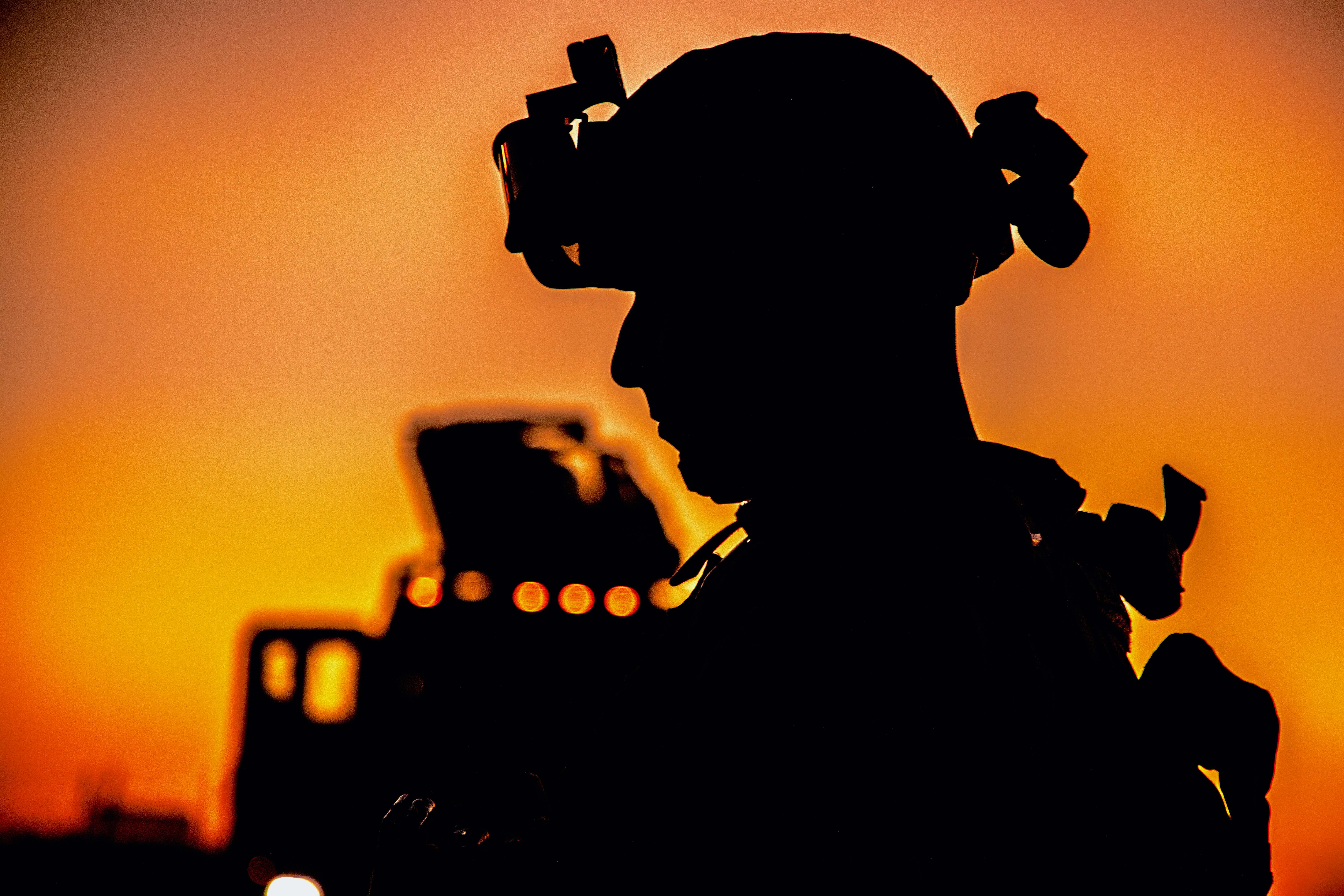
“I think the problem with the Marine Corps’ thinking about MAGTFs, is that it’s in the special purpose MAGTF, and then there’s the [Marine Expeditionary Unit], the [Marine Expeditionary Brigade], the [Marine Expeditionary Force],” he said. “And although there are little variations in each one of those, there aren’t the great variations you would need for a littoral regiment, which might have a missile battalion protected by an infantry company, and maybe a UAV aviation element. Maybe the aviation element would just be air defense.”
Hoffman said he views the MLR as a way for the Marine Corps to move faster on honing certain capabilities and balancing those capabilities with readiness.
“I see this organization as a useful way of creating an immediate readiness and capability gap closure so these capabilities can be focused, can be applied, can be trained, and can be organized in the near to mid-range, rather than over a ten-year period,” he said.
Cancian, a senior adviser at the Center for Strategic and International Studies, worries the Marine Corps’ strategy is too fixated on gearing up for an island-hopping fight with China in the Indo-Pacific region.
“My chief concern is that this restructuring is focused on a single future conflict, an island campaign in the western Pacific against China,” he said. “And that’s indeed one possible future conflict, but it’s one of many possible conflicts.”
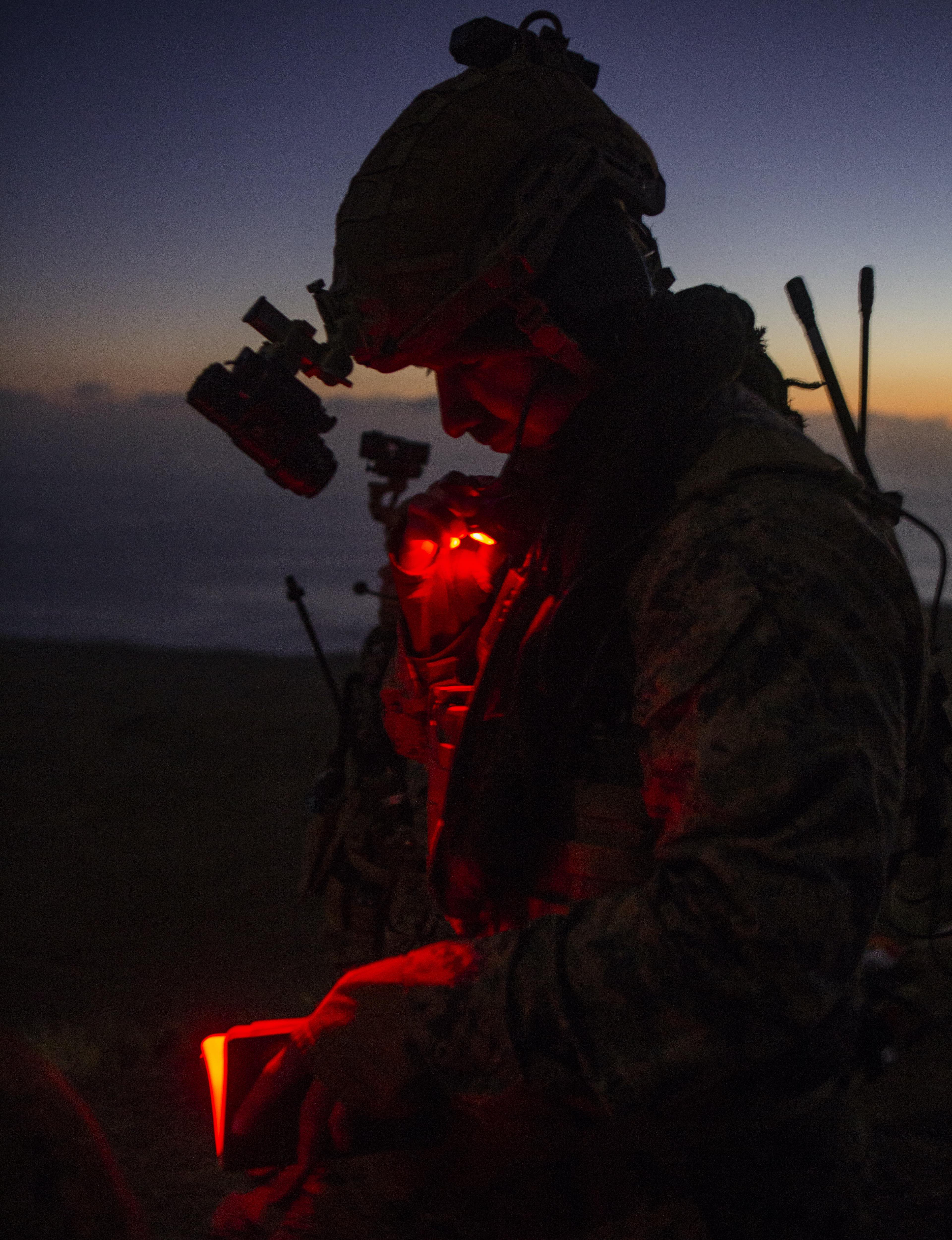
Berger has maintained that if the Marines are trained for a high-end fight with a competitor like China, then the force will be ready to engage in other low-end conflicts. Cancian disputed this notion, pointing to the Army’s preparation in the 1960s for a land fight in Europe, only to then pivot to fighting in the jungles of Vietnam.
“Of the major conflicts the Marine Corps has been involved with since the second World War — Korea, Vietnam, Desert Storm, Iraq 2003, Afghanistan, — only Iraq in 2003 was arguably foreseen,” he said. “The rest have been totally unexpected. And I think the future will be like that. The next conflict will be some place we are not expecting.”
But Wood contended the Marine Corps could employ the capabilities required for the fight Berger is planning for in the Pacific in conflicts around the world.
“It seems to me that, again with increased signature problems, with battle occurring at longer ranges, if you were lighter and more distributable, more movement-oriented — you have to get forces around even the Indo-Pacific theater — that those sorts of new capabilities would be applicable and would be relevant on any battlefield, whether it was the Middle East, or Europe, or Africa or Latin America,” Wood said. “So I think these new capabilities are transferable.”





